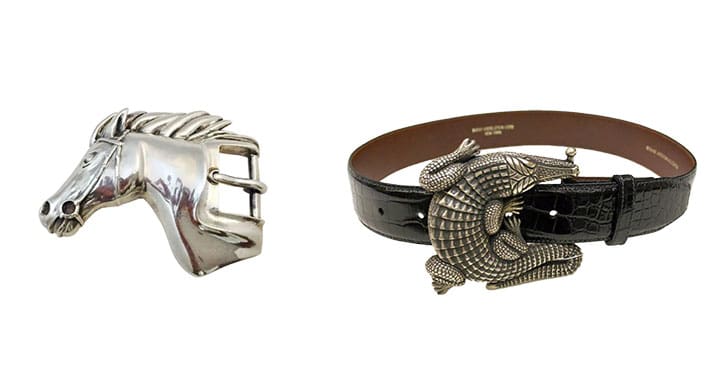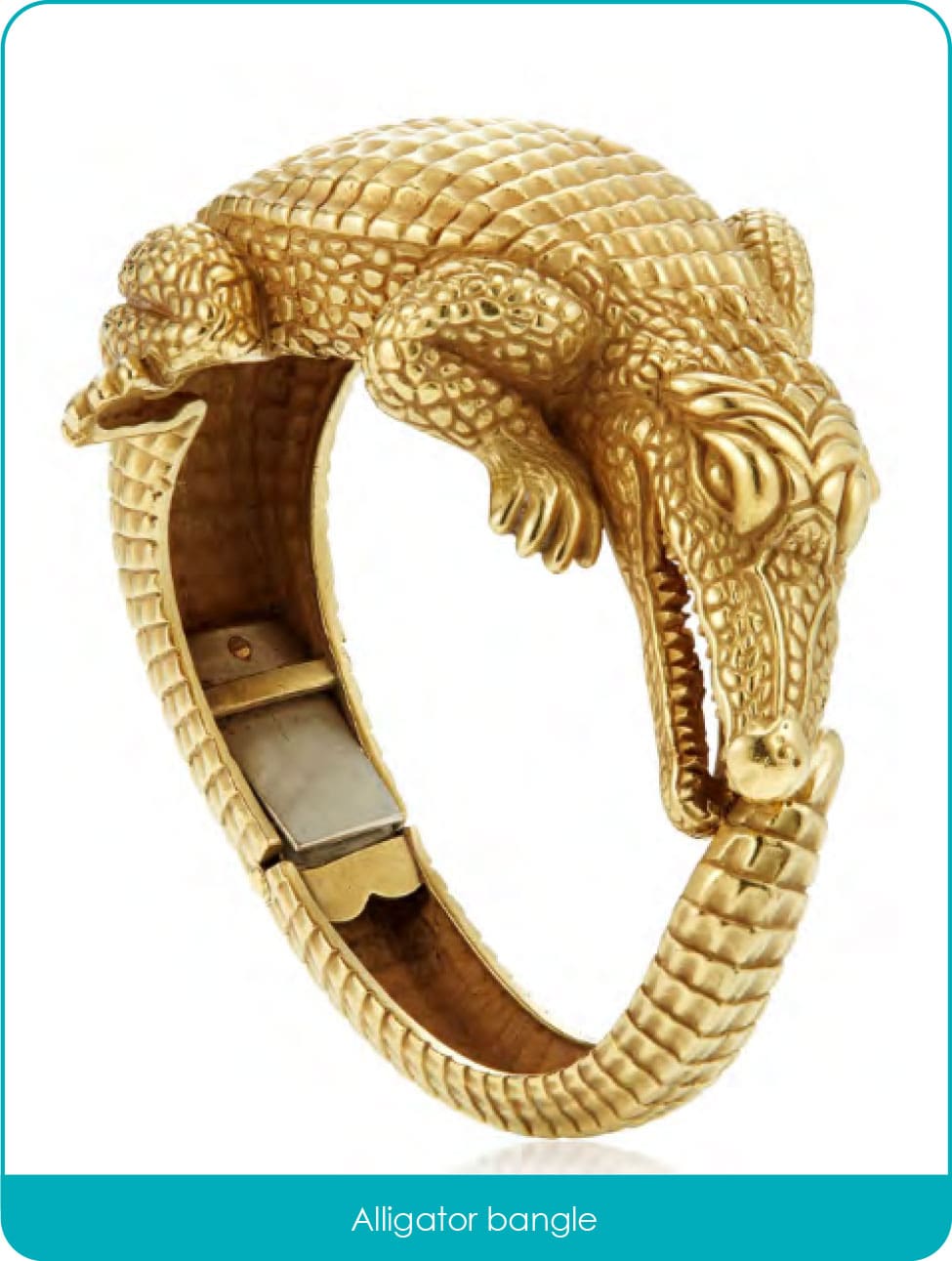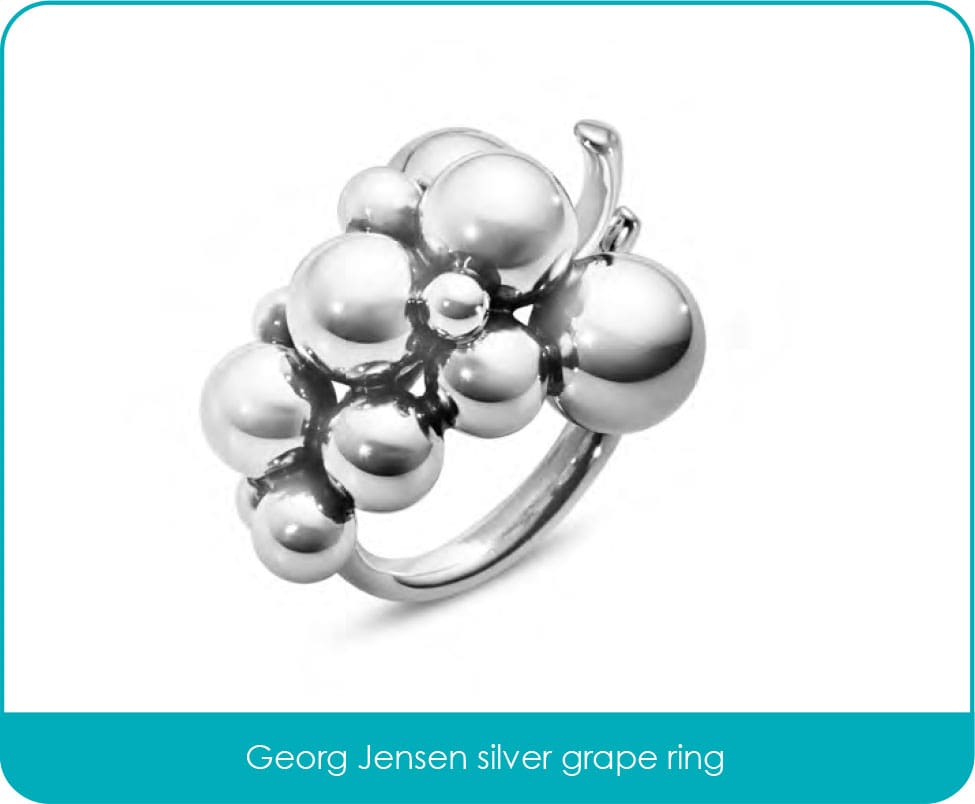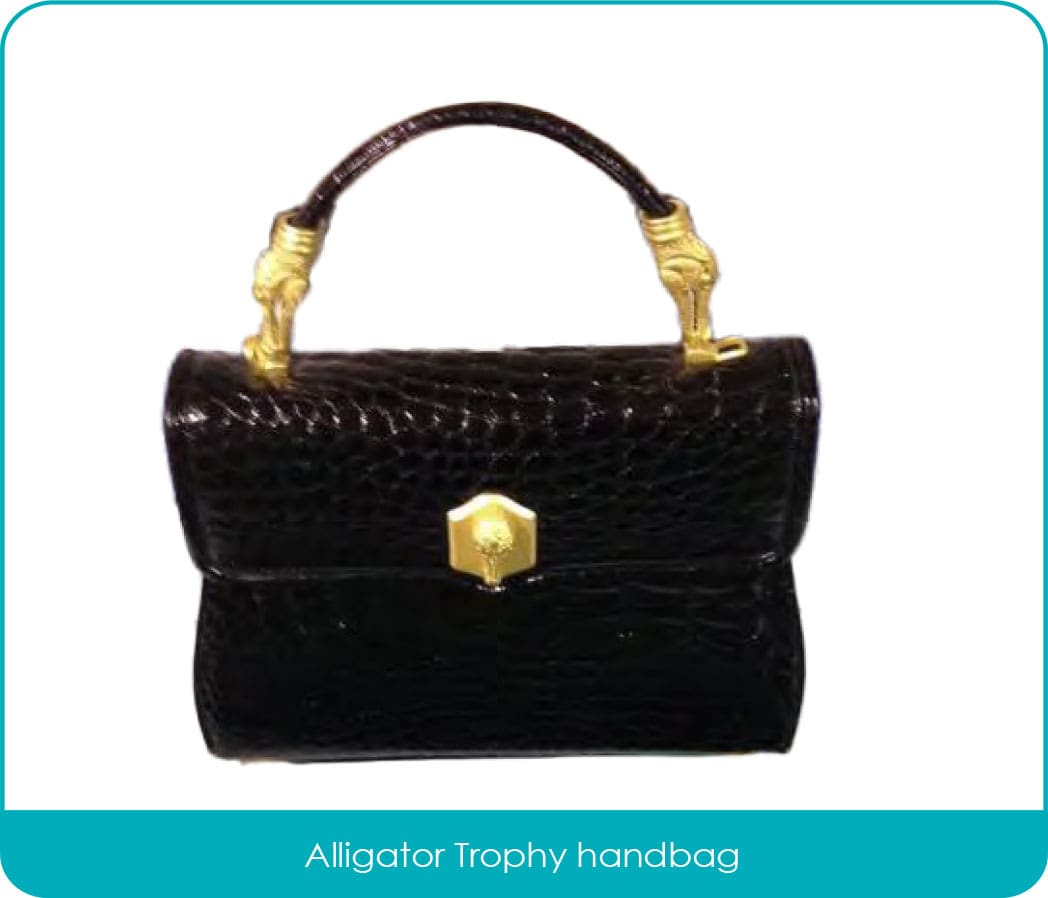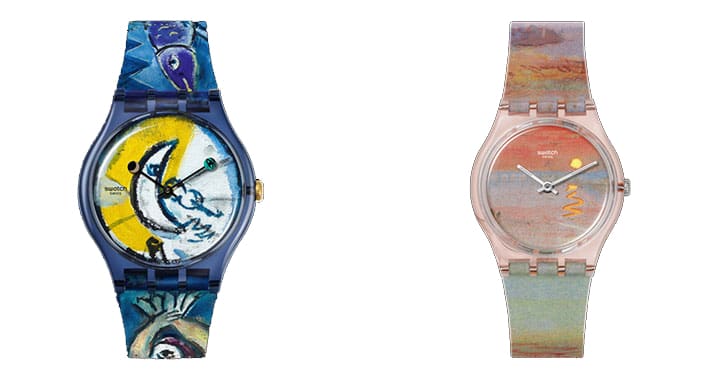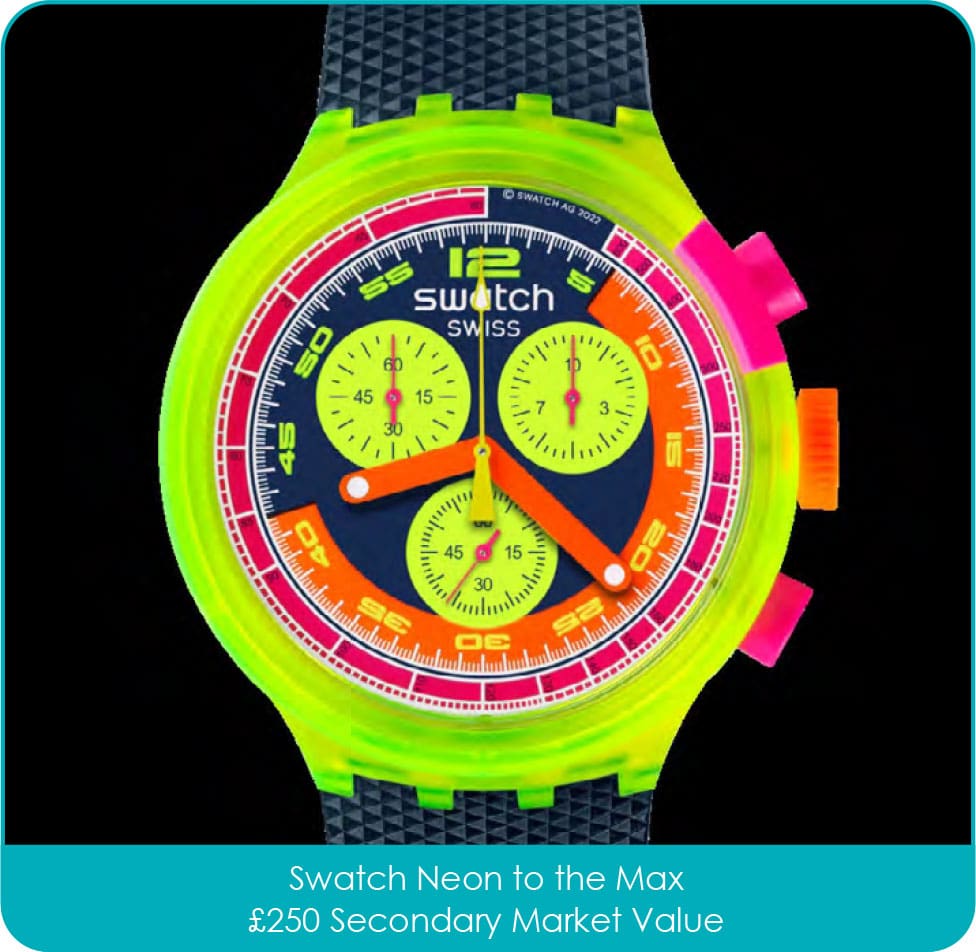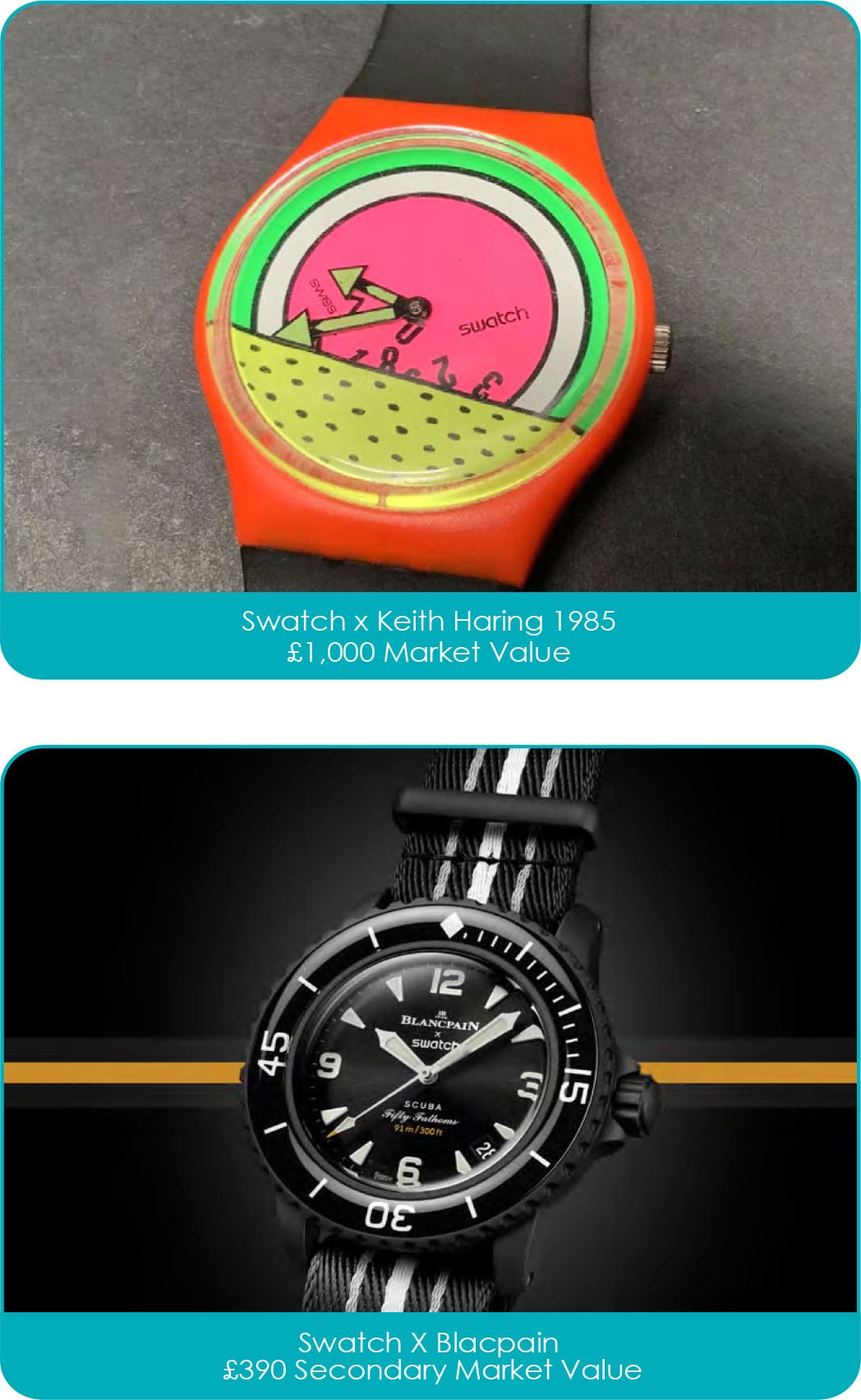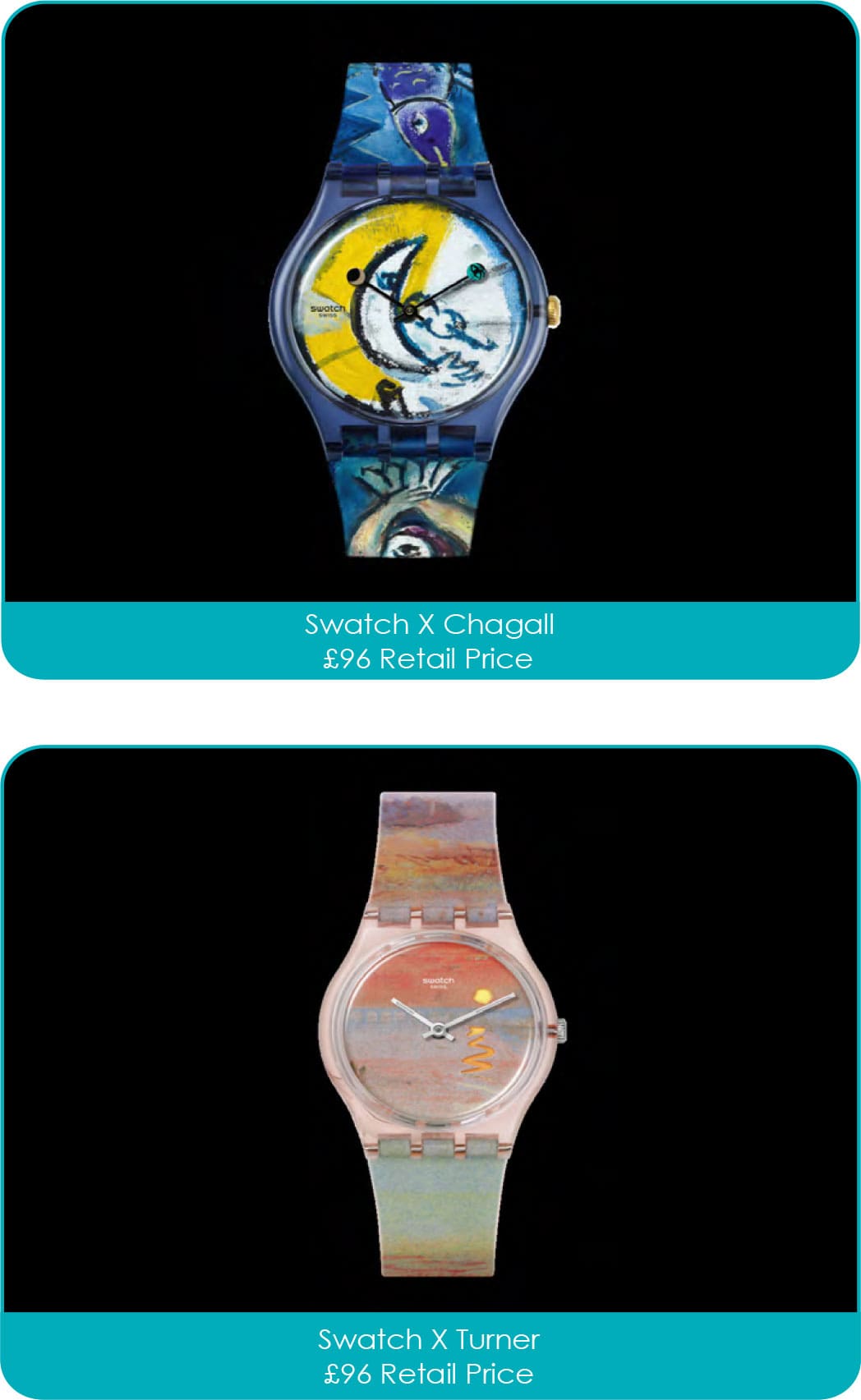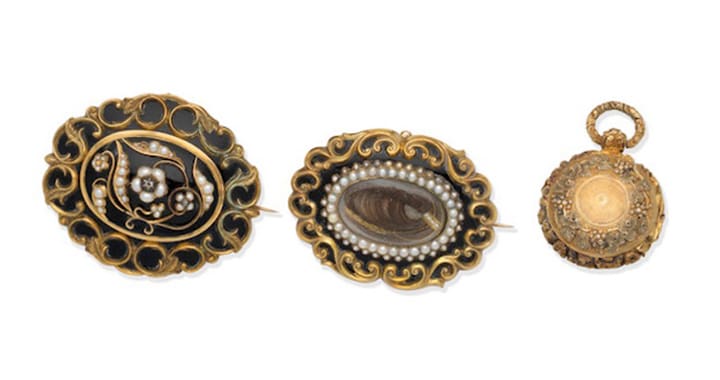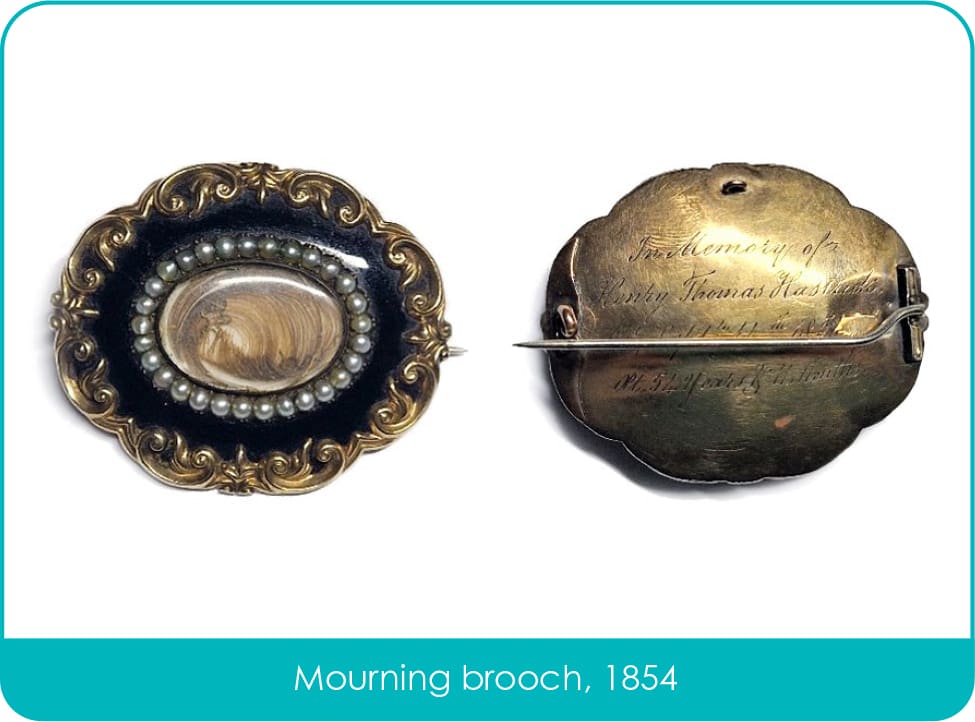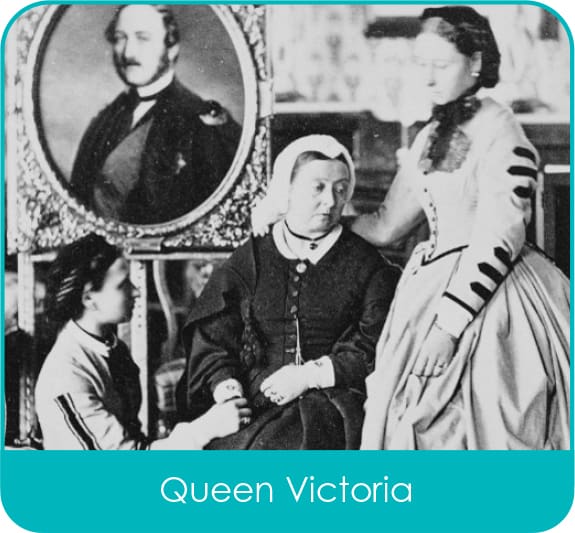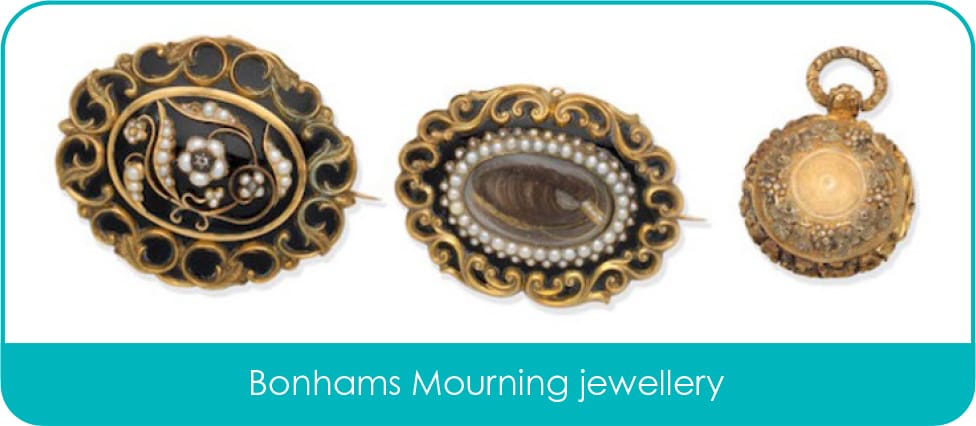Wood is one of the greatest resources that mother nature has ever given us, from buildings, ships, cars, paper, its uses are pretty much universal. There is nothing involved in our everyday lives that doesn’t involve wood, and that may well be a unique quality.
In our world, and fairly low on the food chain in terms of global importance, is furniture. We all know that wood has been used since the dawn of time for making chairs, benches and many other items that make us more comfortable, but what woods have been used, and why?
Mahogany
Possibly the term that you will see the most when it comes to antique furniture, for the most part of the 18th and 19th centuries, it really was the most popular material for quality furniture. Mahogany is actually a term for three types of wood in the Swietenia variety of trees, comprising the San Domingo, Cuban, and Honduras, with a significant amount of this wood originally coming from Jamaica and the South Americas. Many of the pedigree woods are now covered by CITES regulations and subsequently modern items are made from crossbred trees that create very similar woods. Identifying mahogany is slightly tricky as there are so many variations, but the general appearance is that of a reddish brown material with fine grains, and next to no voids or pockets.


Walnut
Before mahogany and the ability to transport wood across the seas, walnut was one of the most valuable woods used for furniture construction. Elizabethan documents indicate that walnut wood, specifically from France, was regularly used in the construction of the most majestic pieces across the land. Following a particularly bad winter in 1709, the French actually blocked any exportation of the wood in order to protect it from foreign hands, which is where we start to see an influx of walnut veneers upon lesser quality wood bases, it is also where the very attractive polished burr varieties became popular. In some ways it is a similar wood to mahogany put with a more buttery colour, and with a swirling grain. The burr varieties can be found with an even more pronounced colouration, spots and pockets.


Oak
Possibly the most symbolically English tree in existence, the oak has been used since the middle ages in furniture making and one of the only woods on this list not originally used for its appearance, but its sheer practicality and useability. The wood itself was always considered more of a working wood with items made in the material known as ‘Country pieces’ with 18th century items often made in different woods, the oak being the cheapest. However, in the 20th century a resurgence in popularity in oak caused many reproduction pieces to be made, and also interesting pieces made by new designers such as Mouseman of Kilburn. Identifying oak is a lot easier than most woods, considering the nature of the wood, it is usually seen in more simple items with a heavy grain and uniform colour.


Rosewood
One of the true superstars of antique furniture, rosewood has been used for elaborate pieces of furniture for centuries and as such some of the most expensive pieces of furniture from certain periods, often seen as an upgrade from a standard mahogany piece, its rich deep brown hues really do capture the style of certain pieces. Also, some of the best Scandinavian mid-century pieces are made in rosewood, which leads to a certain problem that the industry has recently had to deal with. The Convention on International Trade in Endangered Species of Wild Fauna and Flora (CITES) has declared certain type of rosewood as an ‘Endangered Species’, meaning that certification may be needed in order to sell, or even insure some pieces.


Exotic & other woods
Of course, there are as many different types of woods as there are trees – we see many pieces of 19th century continental furniture in fruitwoods, which generally are a lovely rich orangey colour, but with a lot of grain and inconstancies.
Pine, which is without any doubt the best material for a kitchen table ever thought of, with red wine stains and children’s pen marks always adding to the patina.

Ash, Beech, Maple, Yew, Teak, Elm… the list goes on with many woods being exclusive to certain types of furniture or locations, but with so many different types to explore.
While some furniture values in the last twenty years may not have proven to be an escalating asset, the top levels of antique furniture continue to soar in value to the right client.














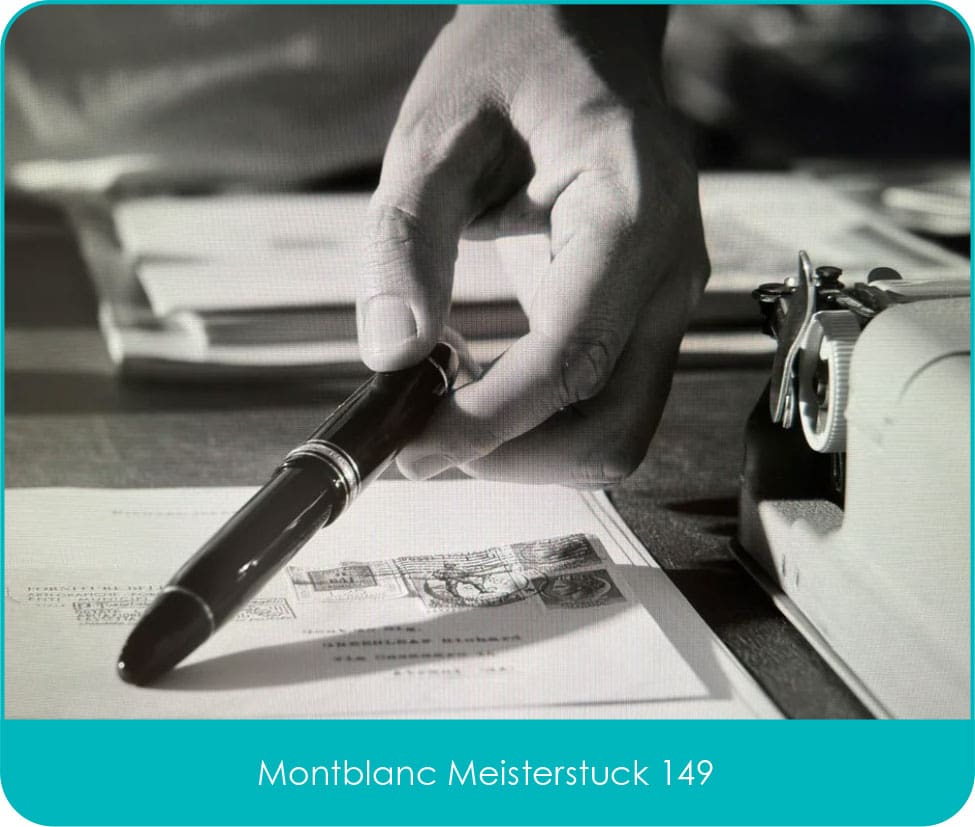
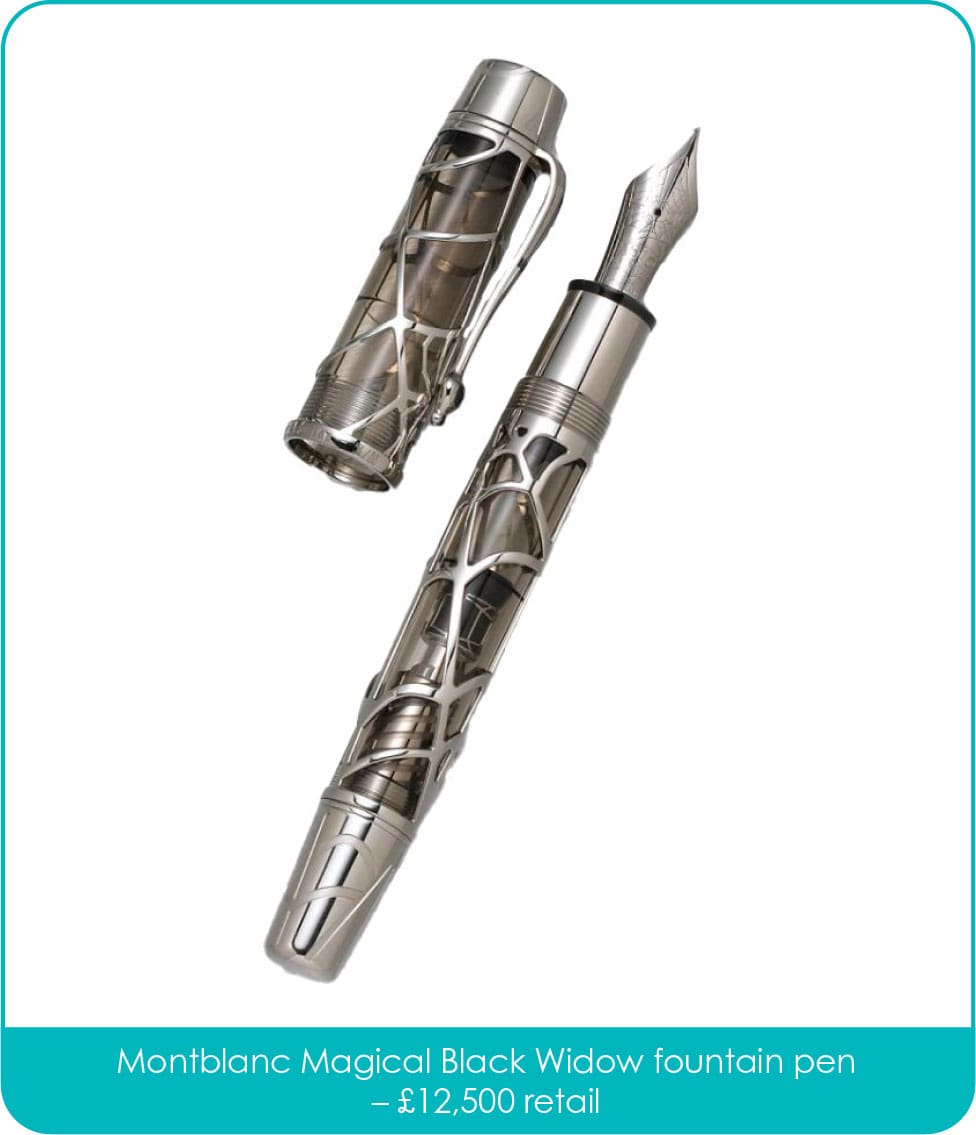

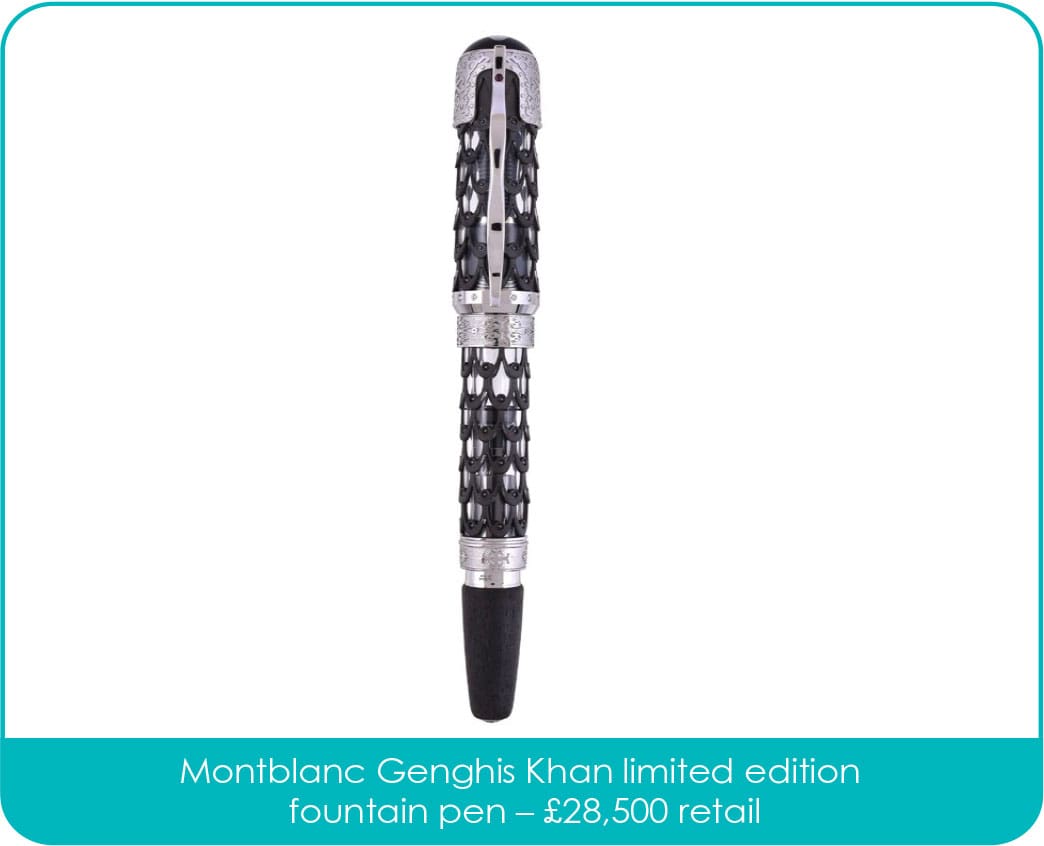
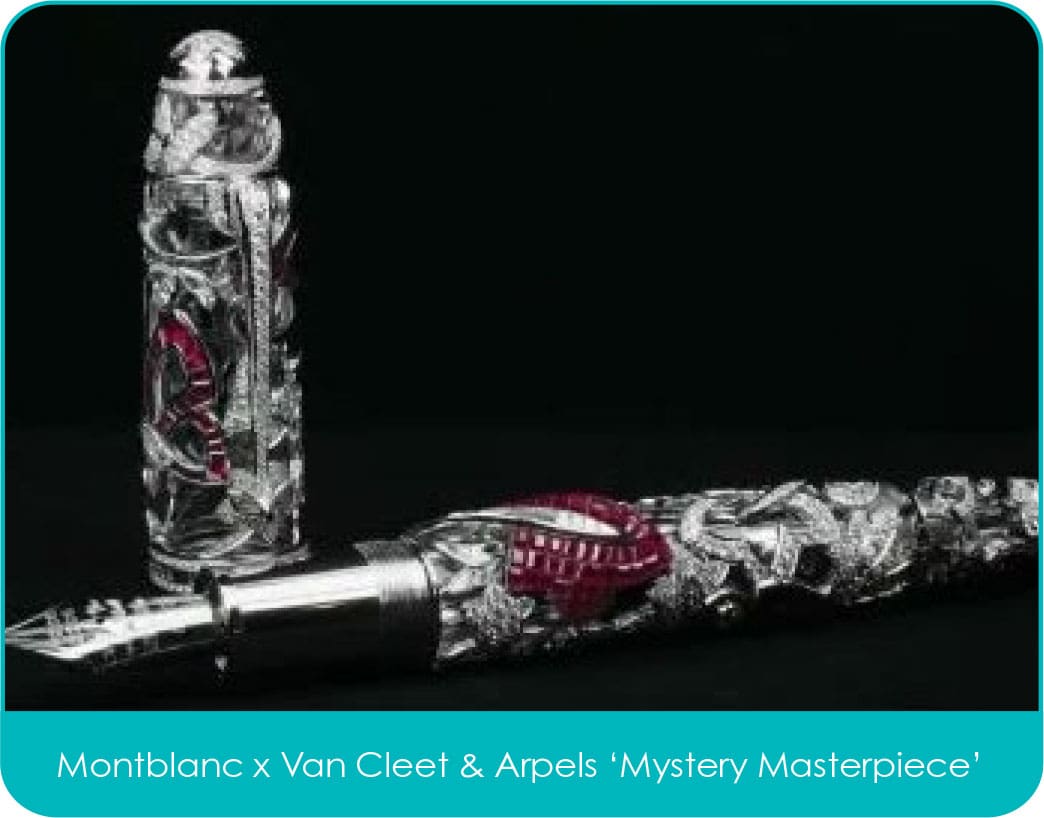
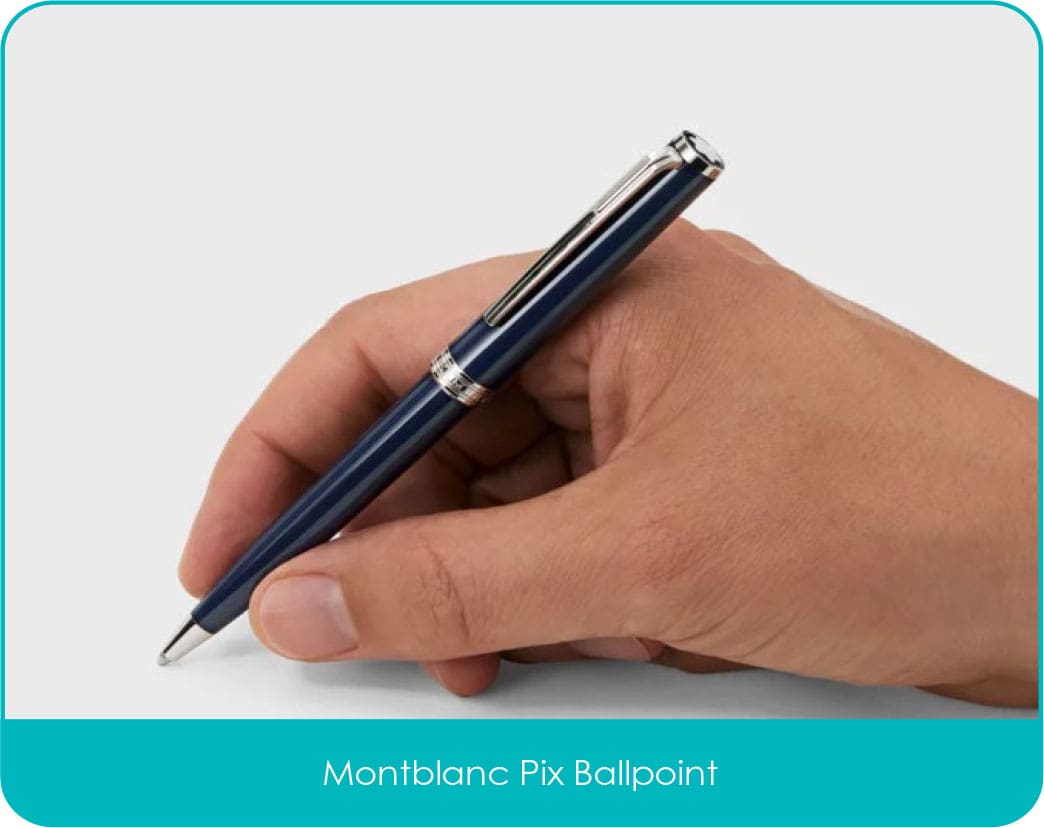


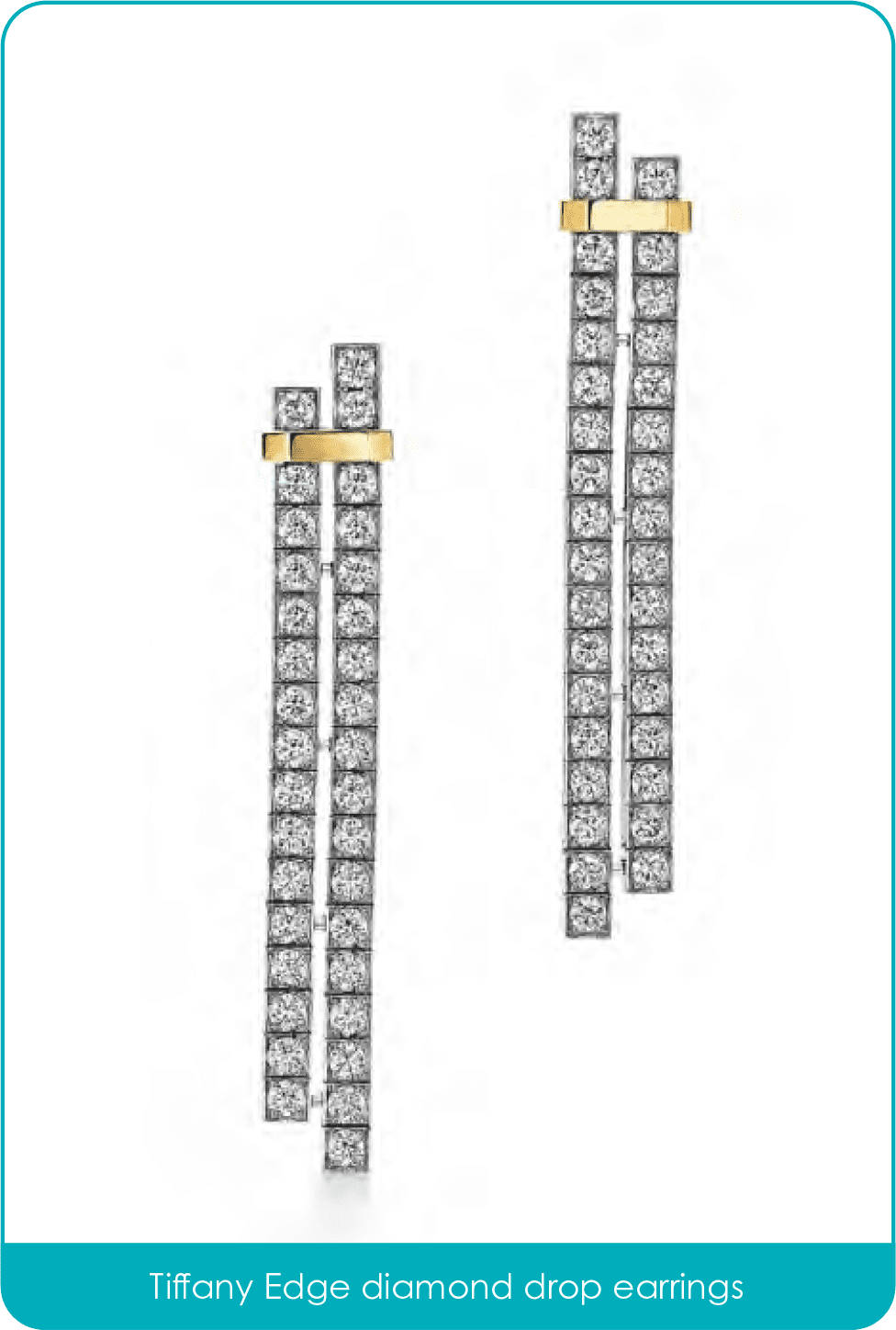

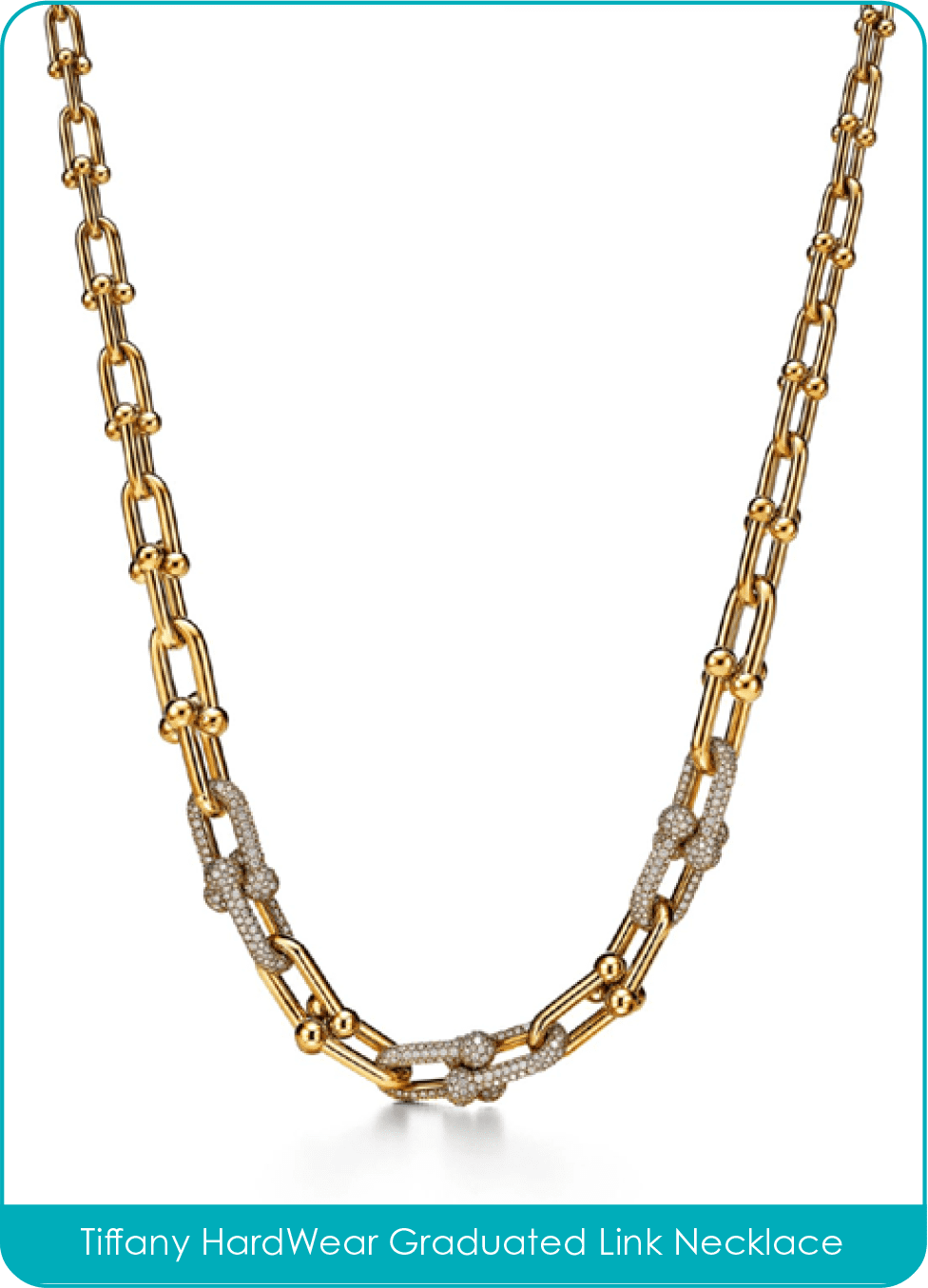
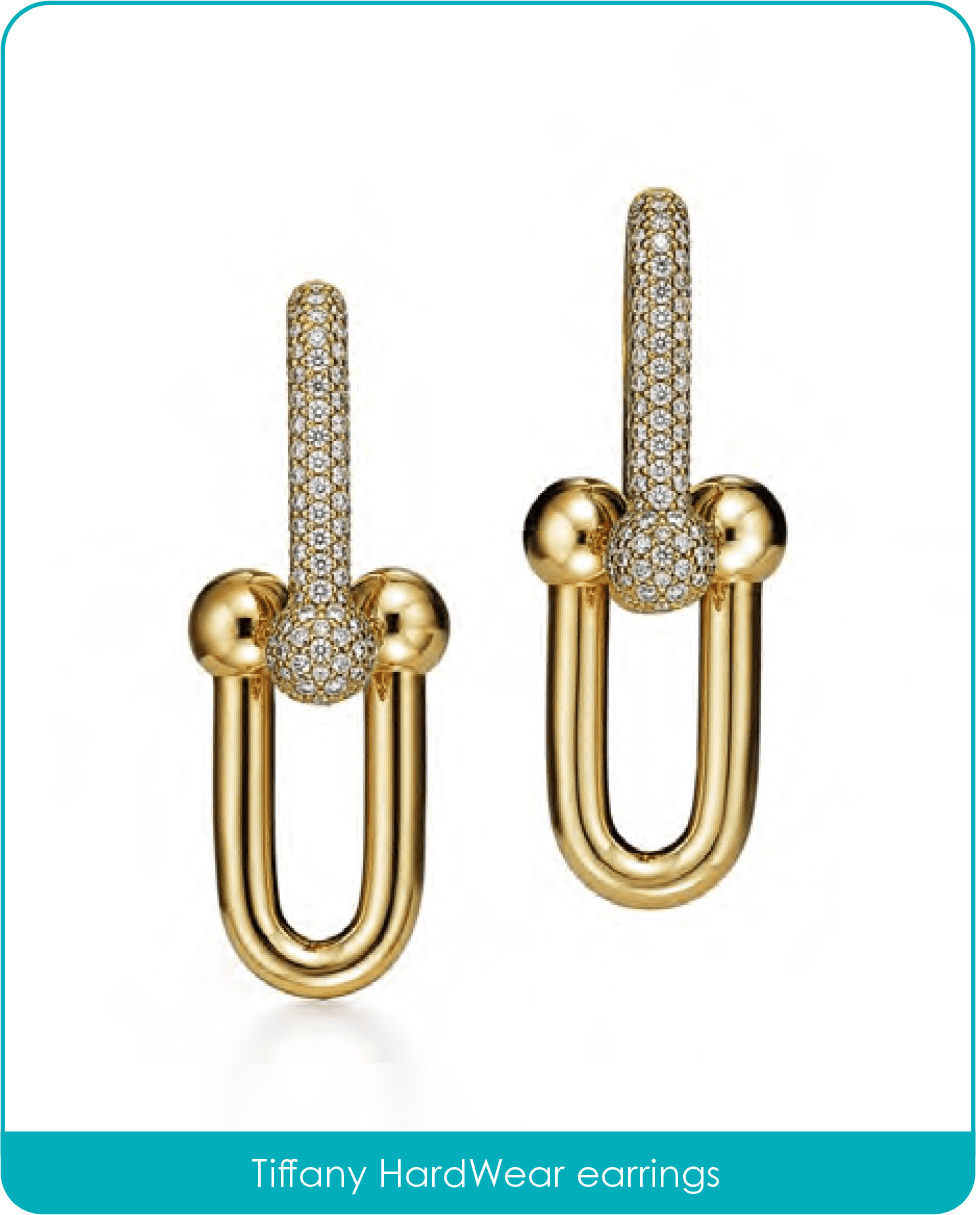
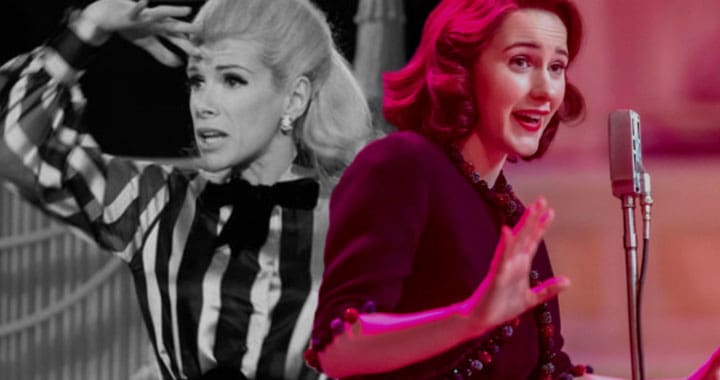






 Georgian Costume Jewellery
Georgian Costume Jewellery Domestic Metalware
Domestic Metalware Furniture
Furniture Treen
Treen Toys, Games and Juvenilia
Toys, Games and Juvenilia





